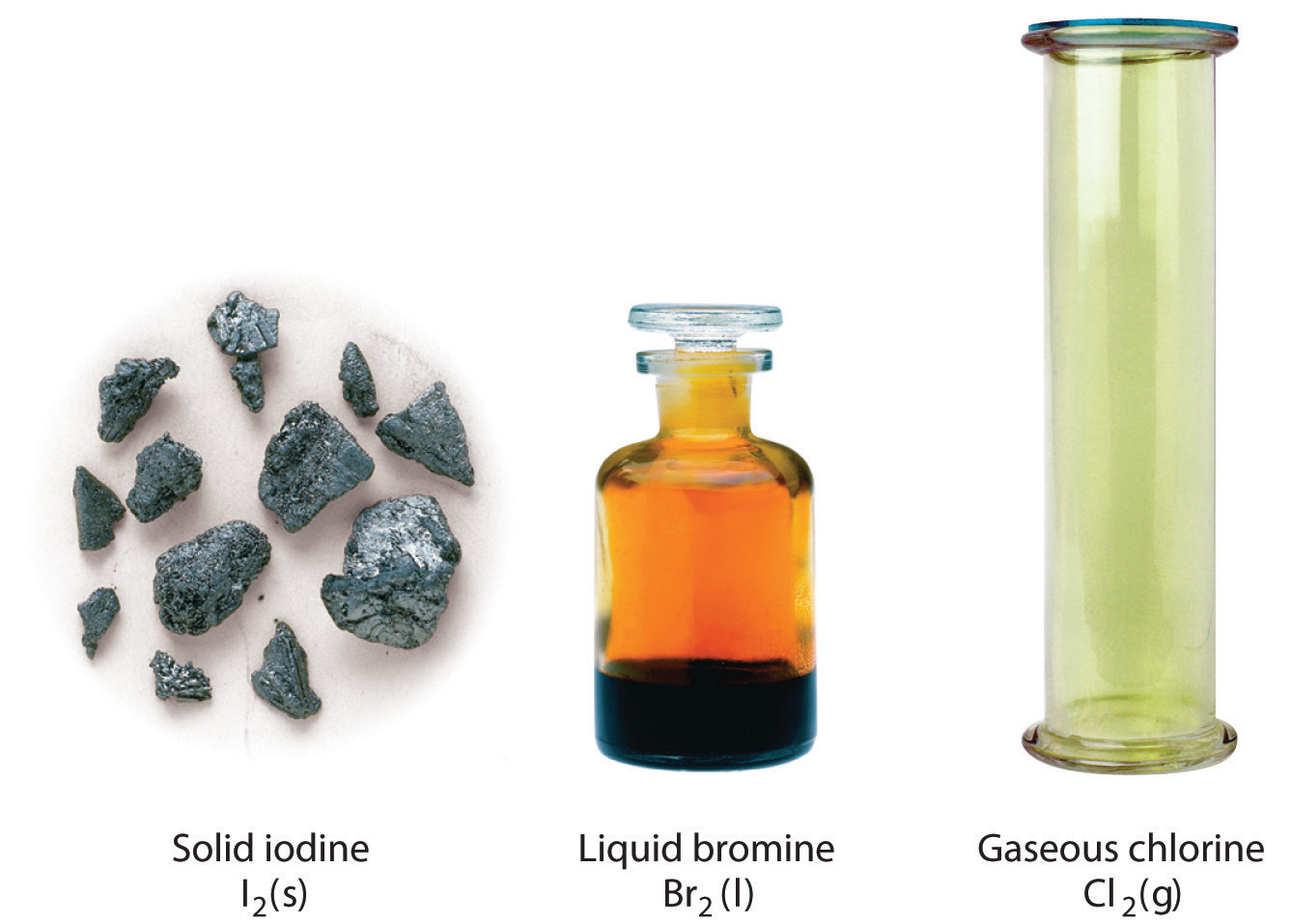Chemical substance
A chemical, a material, a fabric (→ matter). Colloquially chemical substances are also referred to with the word substance, which is in the language of chemistry, however, limited to substances in solid form, so-called solids.
Definitions in chemistry
In chemistry, materials are divided into
- Pure substances ( elements or compounds ) and
- Mixtures.
Important pure substances in chemistry, for example, water, saline (sodium chloride ), iron and alcohol ( ethanol); important mixtures such as air, hydrochloric acid and potassium hydroxide. Each portion of matter has a mass, has a volume (ie a space ) and has internal energy or heat energy. The shape of a body can also, with the same material (material) be different ( eg, iron wire, powder, sheet steel, balls, wool ).
For the conversion of a substance into one or more other substances ( a chemical reaction ) can specify a reaction scheme. The existence of substances is proved in chemistry by detection reactions. Here are concrete, qualitative detection reactions - especially from the high - inorganic chemistry, so for anions and cations - are clearly described and methodical. The quantitative determination with the aid of modern instrumental methods of analysis performed (→ Instrumental Analysis ).
All materials in the chemical are portions of matter regular texture. Matter is defined by the elementary units of which it is composed. These elementary units can be ( as the case of salts ) atoms, molecules or formula units. Chemical substances are characterized by their physical properties such as density, melting point or electrical conductivity.
Definitions of the legislature
Notwithstanding the above, usual in the chemical definitions for substances and mixtures distinguishes the EU in the EU Dangerous Substances Labelling between " materials" ( these are the pure substances as defined above, that is, elements and compounds ) and the existing of several substances "preparations" that are referred to in the GHS label now as "mixtures": The legislature has used material that is only for what is declared in the schema as " pure substance " (element or compound) and not as a generic term for everything. The terms mixture or preparation refer conversely not a subset of cloth, but are parallel terms to do so. For example, since the introduction of the GHS, another term (1 December 2012) for "preparations" applies to " substances" ( then "mixtures", June 1 2015); such a distinction would not be possible with the definition given at the beginning of the article.
Historically
Substances have been previously referred to as Chemical body; Bodies are, in contrast to mixtures of only one element or a chemical compound.
Various distinctions of substances ( selection)
- Hazardous materials are substances that may pose particular hazards, for example with the properties flammable, explosive or toxic.
- When chemicals are substances that are used or produced in a chemical laboratory or in the chemical industry.










